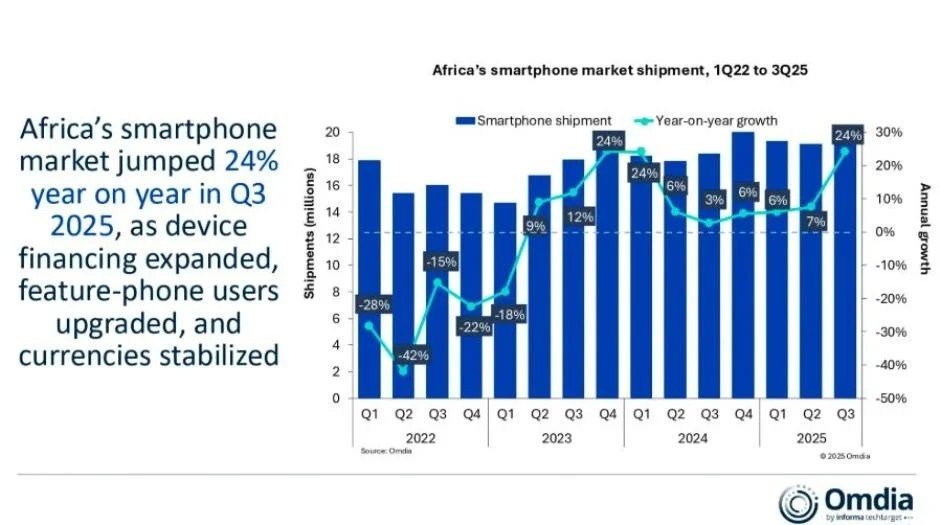Cisco has unveiled a unified quantum networking software stack designed to allow quantum computers to operate collaboratively as a single system—overcoming the limitations of today’s isolated machines and marking a breakthrough in distributed quantum computing.
The new stack enables organizations to run quantum algorithms across multiple processors and power classical applications that rely on quantum networking. It forms the backbone of Cisco’s full-stack quantum networking strategy, encompassing three key research prototypes:
- Quantum Compiler – The world’s first network-aware distributed compiler supporting quantum algorithms across multiple processors, as well as distributed quantum error correction.
- Quantum Alert – A demo for physics-based, eavesdropper-proof security that uses quantum principles to detect interception attempts.
- Quantum Sync – A decision coordination application leveraging quantum entanglement to synchronize decisions across distributed systems, useful for latency-critical fields such as high-frequency trading.
The software stack operates across three core layers — Applications, Control, and Devices — offering a scalable architecture that integrates quantum and classical networks. It includes SDKs, APIs, and emulation libraries that allow developers to build and test real-world quantum use cases.
Mohannad Abuissa, Managing Director Solutions Engineering and CTO for Cisco Middle East, Turkey, Africa, Romania, and CIS, said:
“Quantum networking represents the next frontier in computing. By applying Cisco’s full-stack approach to quantum, we are enabling secure communications and advanced applications that bridge both classical and quantum worlds.”
Cisco’s Quantum Labs and Outshift teams have developed a prototype that can manage and monitor entanglement-based quantum networks across all major computing platforms — superconducting, trapped ion, photonic, and beyond. This system mirrors how Cisco’s early internet technologies connected classical networks, now extended into the quantum era.















